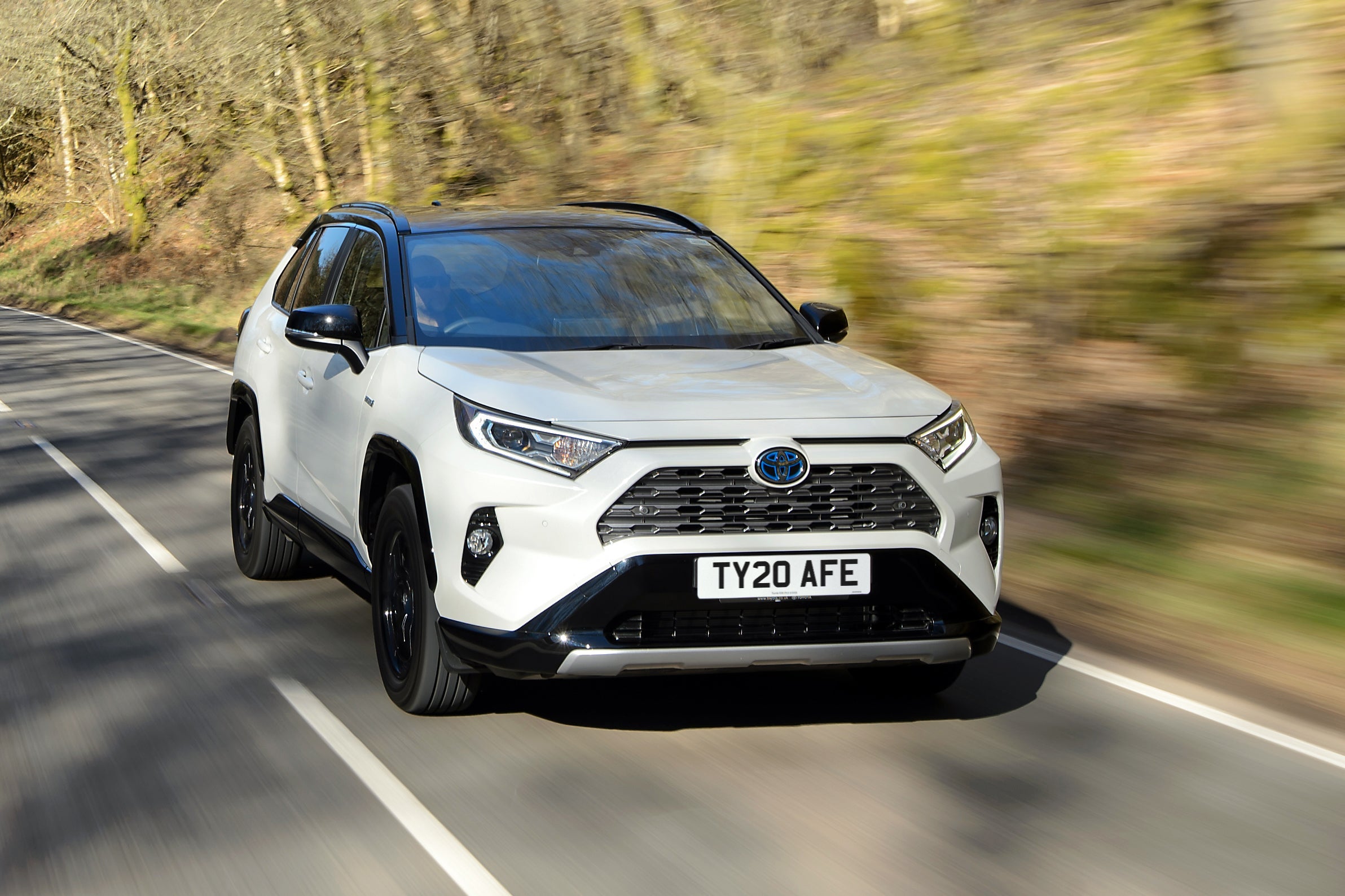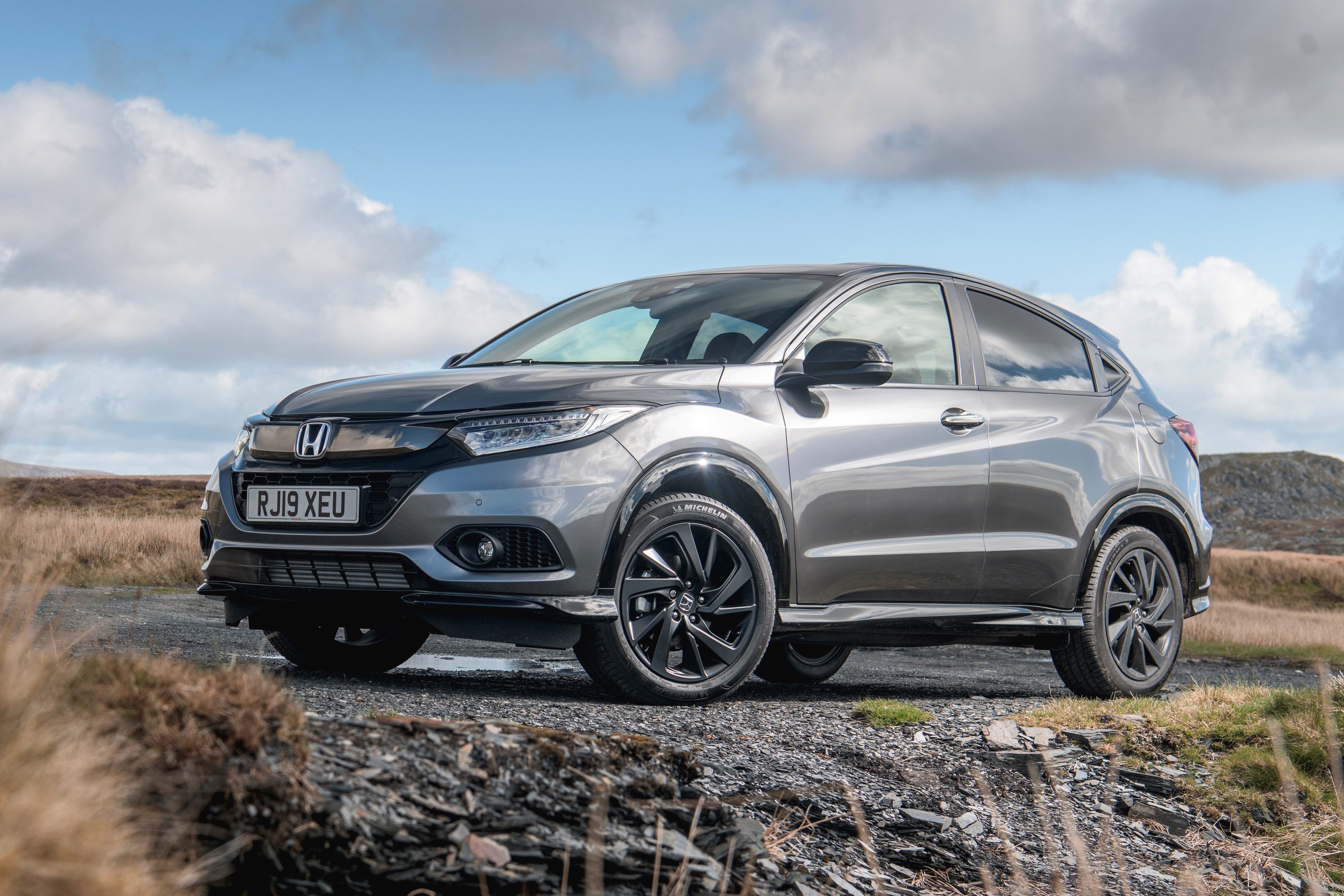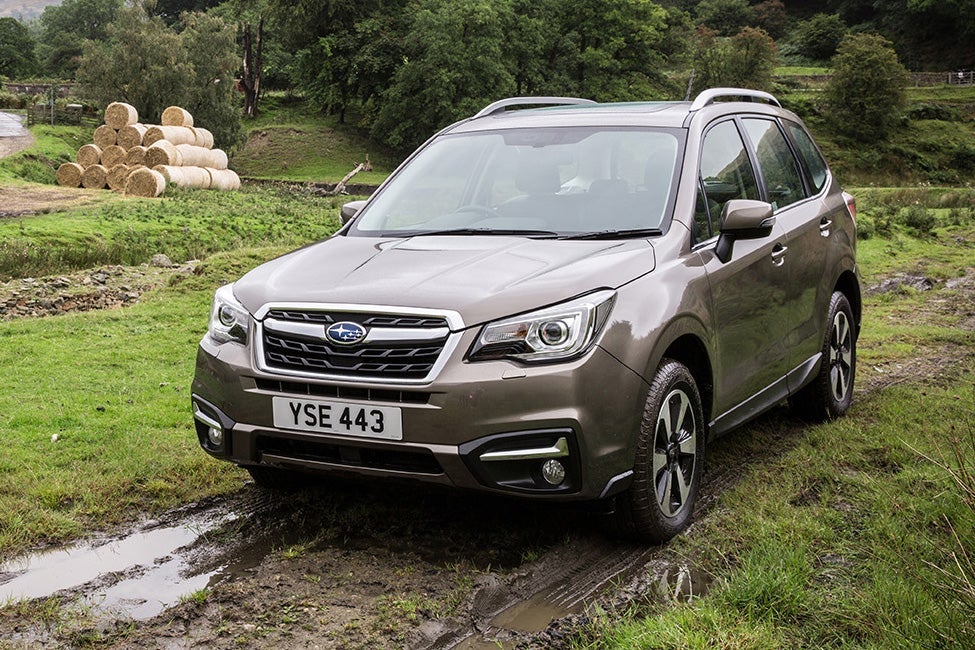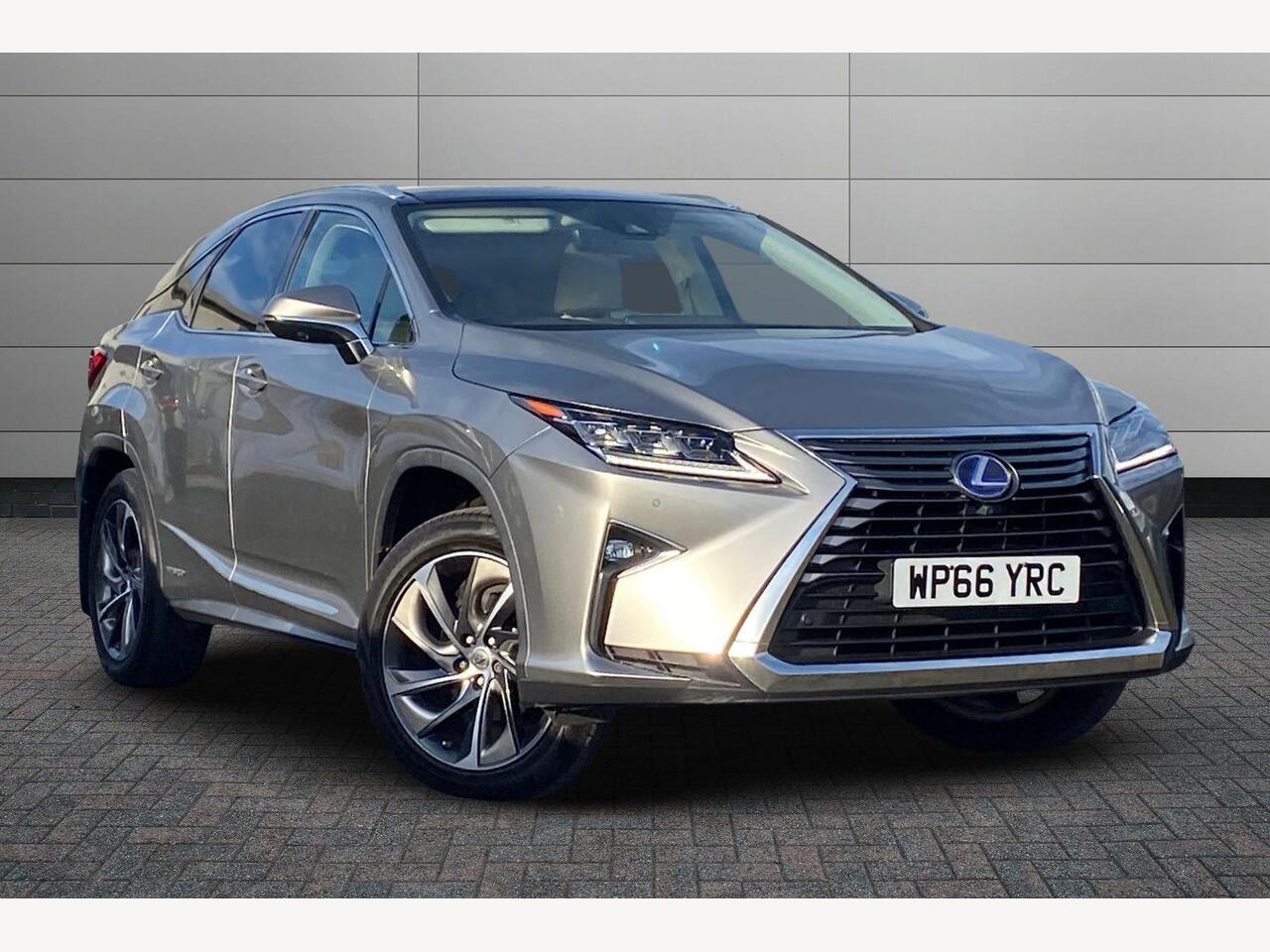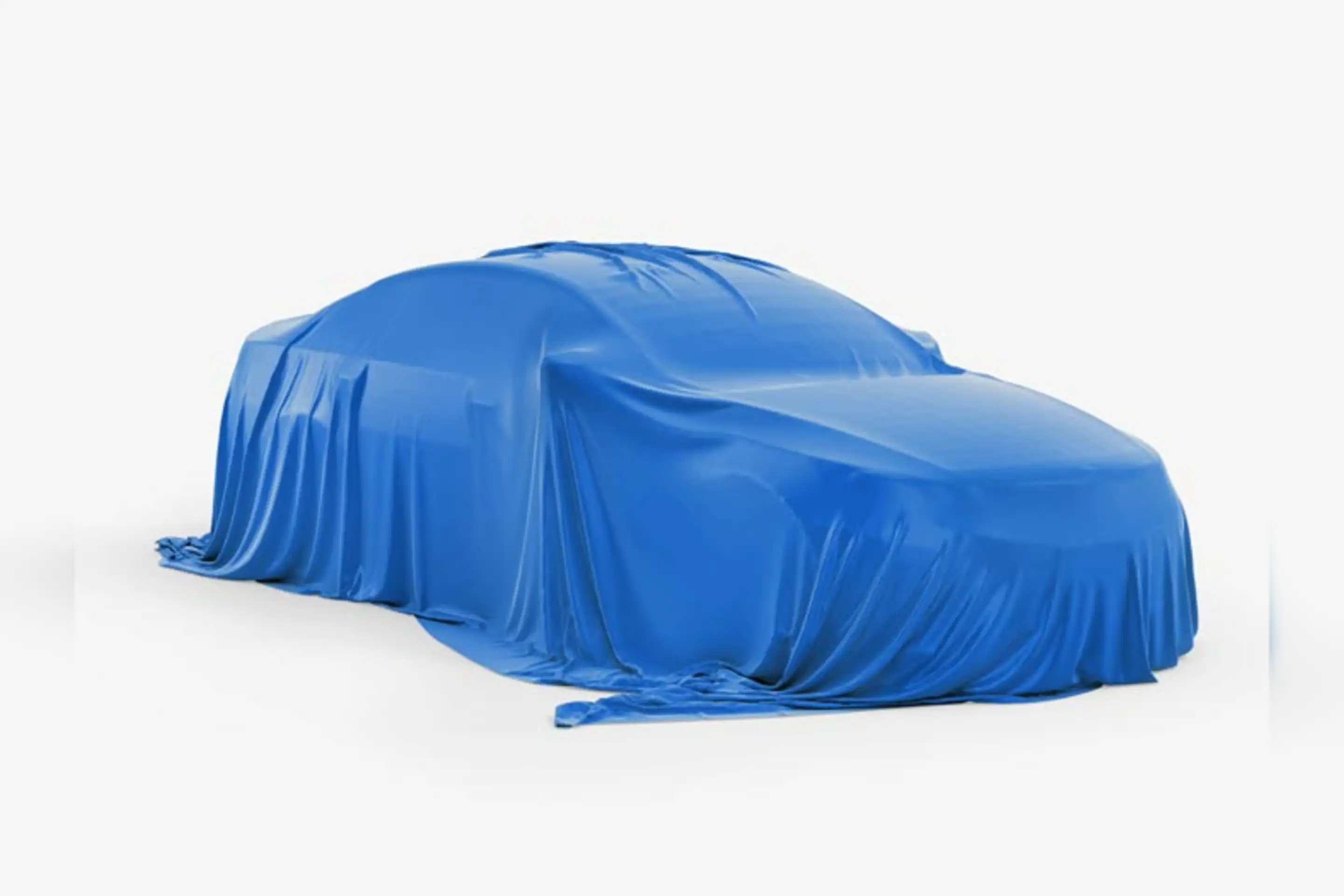09/11/2021
Best SUVs for passing the MoT test

When you book an MOT at your local test centre, it's easy to get nervous about what the tester might find. Just how much tread do your tyres have left? Do all the bulbs function correctly? Is the suspension in full working order?
While there are steps you can take to reduce the stress at MOT test time, the make and model of car you drive can have an input, too. We've analysed data from the DVLA to reveal the SUVs most likely to pass their MOT.
Premium German models tend to perform well in the annual MOT test (which is why there are cars from Mercedes, Audi and Volkswagen in our list), while Japanese manufacturers (including Lexus, Mazda and Honda) are also represented here.
Mercedes GLA
Year launched: 2014

Built to take on the likes of the BMW X1, Range Rover Evoque and Audi Q3, this Mercedes GLA is a compact SUV that combines the practicality of a hatchback with the high driving position of a 4x4.
The GLA offers a laid back driving style and boasts excellent ride quality. It's quiet and comfortable at motorway speeds and good over long distances. The interior quality is top-notch too so although the basic design is starting to look a little dated now.
But reliability was clearly a key factor when designing the car and, as such, it has the honour of being the most reliable in its class. From the data we looked at, there were just 221 failures from 3146 tests. That gives the car a pass rate of 93.1%.
Lexus RX
Year launched: 2015

The Lexus RX was all about showing off the Japanese car manufacturer’s new design direction. It was all angles and edges with that a striking front end and huge grilled aimed at giving it an on-road presence… and finally giving Lexus some kind of identity.
But while the looks might have been new, underneath it was all about the same old reliability. Not that there’s anything wrong with that.
According to DVLA data, only 112 out of 1445 RX that took the MoT failed. That’s a pass rate of 92.2%. As with so many first-time MoTs, tyres were the main culprit RXs also failed on lights and headlamp cleaning devices.
Audi Q5
Year launched: 2008

The Audi Q5 is an excellent alternative to the likes of the BMW X3. Sure, it might not have the seven seats of the Audi Q7, but it’s still very practical with a large boot and lots of cabin space. Which means it’s a great family car.
But it also handles neatly as well - so if you’re after a crossover with car-like on-road manners, then it’s definitely worth a look. It’s also neatly finished inside - well put together and very refined.
It’s also reliable. According to the data, the model has a 92.1% pass rate from 7763 vehicles tested, giving only 610 failures for vehicles registered in 2014. Q5s of all ages achieved an 87.7 per cent pass rate when tested in 2017, well above average.
Audi Q3
Year launched: 2011

If you’re after a ‘posh roader’ you could do a lot worse than the Audi Q3. Sure some will prefer the BMW X1 or even a Range Rover Evoque - but the Q3 does everything you could ever ask it to do… all while being no bigger than an A3 Sportback.
And it’s this which makes the Q3 so easy to pilot around tow - but also means it has enough interior space to make it a decent car for a young family. There’s even enough boot space for your travel system and your Sainsburys bags.
Chances are that if you’ve got a young family then life is stressful enough and one thing you don’t want to be worrying about is whether your car is going to pass the MoT. Thankfully, the Q3 has got you covered with a pass rate of 92%. If it does fail, it’s most common weak spot is headlamps and headlamp cleaning devices.
Volkswagen Tiguan
Year launched: 2008

With the Volkswagen Tiguan and Audi Q3 sharing a lot of their underpinnings, it’d be something of a surprise if the Tiguan wasn’t on our list.
Proving just slightly less reliable than its Audi-badged sibling, the Tiguan can still boast a pass rate of 91.5%, but those that do fail will cost you a bit of money. That’s because where most cars fail on tyres or lights, the Tiguan suffers from some suspension weaknesses.
And while the components themselves are particularly expensive, it’s the labour time involved in getting at them which can bump up the repair price.
Porsche Macan
Year launched: 2014

Call us naive, but we always think that if a car costs more than its rivals then it should prove more reliable. Just take the Porsche Macan. With a starting price of £47k, Porsche’s entry into the crossover market was perfectly pitched.
Here was a car that was still true to its sportscar heritage with handling and performance to outclass a field of rivals. But despite paying through the nose for a Porsche, you don’t necessarily get something that’ll be less bother.
Make no mistake, it’s 91.3% rate is no shame, but we can say for certain that it’s less reliable than some of its Volkswagen and Audi rivals. The reason? Lights, reflectors and electrics.
Mazda CX-5
Year launched: 2012

Japanese cars made their name by being reliable, so it’s no surprise that the Mazda CX-5 makes it on to our list of no-hassle crossovers.
Here is a car that delivers everything that’s good about owning a full-sized SUV but in a package that’s well-styled, comfortable, easy to live with and cheap to run. It’s reasonably priced, too and so makes a good buy for those who want a sensible all-rounder.
With 626 failures from 6368 tests, the CX-5 has a pass rate of 90.2%. Digging into the data reveals that brakes and hub components are a significant failure point, though, which could prove problematic.
Vauxhall Mokka X
Year launched: 2012

The Mokka X was Vauxhall's attempt to attract family buyers who bought into the ‘outdoor’ lifestyle. There were (and still are) better cars available, but it seems to have found a following - and perhaps some of that is down to its reliability … or it could just be the rugged good looks.
To be fair, Vauxhall does seem to have made a genuine effort with the Mokka as the car scores way ahead of the rest of the Vauxhall line up when it comes to passing the MoT test.
In total, 2840 failures were recorded from 28,416 tests conducted for a pass rate of 90%. Lighting failures were most common, but some steering components also seem to have a shorter than average lifespan.
Honda CR-V
Year launched: 2012

The Honda CR-V has always proved popular. That’s because it's practical, well-built and spacious - all of which makes it a great family car.
It has also proved itself to be very reliable. With 1397 failures from 13,357 vehicles tested, our analysis gave it a pass rate of 89.5%.
Dive a little deeper into the figures, and you’ll set that there’s no significant weaknesses, just some run of the mill failures around lighting and tyres.
MINI Paceman
Year launched: 2013

Long gone are the days when MINI meant small car. The Paceman is a stylish looking three-door coupe that buyers tend to look at if they’re considering a Nissan Juke but want something with a bit more personality.
But while it’s certainly fun to drive, it’s still not a practical car - although it is a touch more practical than the standard MINI hatch. It has, however, proved itself to be reliable. With 358 failures from 3421 vehicles tested, it has a pass rate of 89.5%.
Weak spots? That’ll be the brake fluid and suspension, the latter of these is perhaps not all that surprising given the emphasis it places on driving enjoyment.
An MoT test checks the roadworthiness of your car. A trained specialist will check lots of items such as brakes, lights, and seatbelts to make sure your car is safe.
No. Only cars that are more than three years old require an MoT test.
You can only drive without an MoT if yours has expired and you’re on the way to the test centre. The car must be booked in. The penalty for being caught without a valid MoT can be up to £1100.
